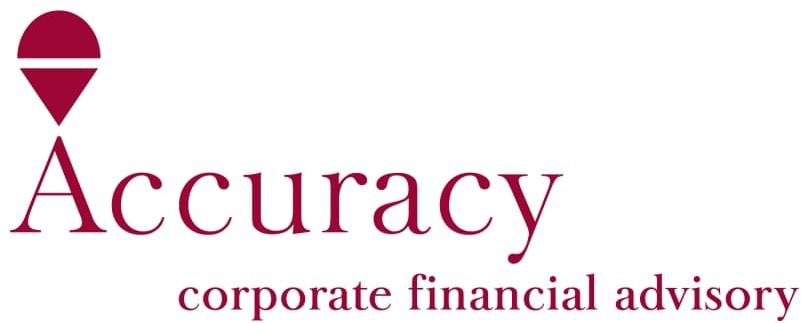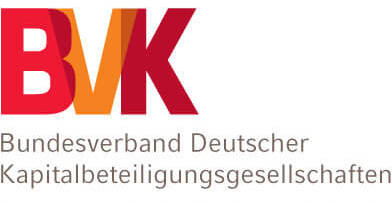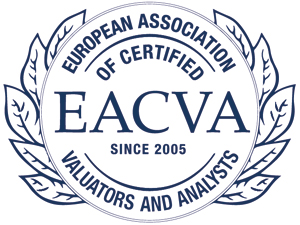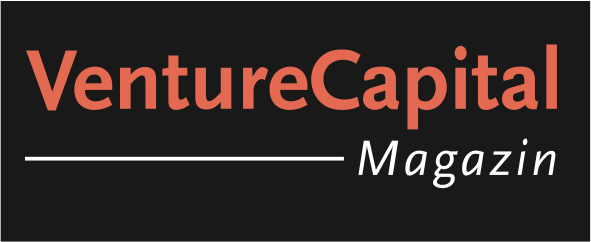NEWSLETTER of December 6, 2024
The following content has been added at finexpert:
Studies > Performance
Deutsche Bank Research
DEUTSCHE HAUSHALTE ENTDECKEN VERZINSLICHE ANLAGEPRODUKTE WIEDER
The financial assets of private households in Germany reached EUR 8.8 trillion in June 2024 (latest available data) - an increase of 4.1% in the first half of the year. Inflows of EUR 154 bn were exceeded by valuation gains of EUR 192 bn due to rising equity and bond prices. Net inflows into financial assets are expected to continue their positive trend in 2025. >more
Studies > Performance
Alvarez & Marsal
A&M35 GLOBAL BANKING PULSE H1 2024
The A&M35 Global Banking Pulse (“A&M35”) H1 2024, aims to helping banking executives stay ahead of the most significant banking trends. A&M35 evaluates bank performance across five categories: Growth, Revenue, Efficiency, Resilience, and Market Value Creation. The report provides a comparative analysis of the performance of the top 35 banks across North America and Europe to identify trends and insights shaping the future of the banking industry. >more
Studies > Performance
Goldman Sachs
MARKETS OUTLOOK 2025: TRADING TAILS AND TAILWINDS
Goldman Sachs Research strategists provide detail on their global markets outlook, highlighting 10 core investment themes: (1) A wider distribution after the soft landing, (2) Weighing the tariff tail, (3) Finding terminal rates in a world of fiscal risks, (4) Renewed divergence reinforces Dollar strength, (5) China in the cross-hairs but some scope to respond, (6) Europe and EM — a more challenging picture, (7) Energy markets — ample supply, watch the tails, (8) A bit more inflation risk but growth shocks still in focus, (9) The growing valuation challenge, (10) Diversification, tails and hedges. >more
Studies > Macro
Kiel Institut für Weltwirtschaft (IfW Kiel)
GREIX Q3 2024 – ERHOLUNG DER IMMOBILIENPREISE BESTÄTIGT SICH, NEUBAUWOHNUNGEN NAHE HÖCHSTSTAND
The recovery on the German real estate market continued in the third quarter of 2024. Prices for condominiums and single-family homes rose again compared to the previous quarter (Q2 2024) and even increased year-on-year. A comparison by year of construction shows that prices for new-build apartments are already close to their peak again. This is shown by the latest update of the German Real Estate Index (GREIX), a joint project of the expert committees for property values, ECONtribute and IfW Kiel. The purchase price collections of the expert committees, which contain notarized sales prices, are evaluated according to current scientific standards. >more
Research Papers > Corporate Finance
WAR DISCOURSE AND DISASTER PREMIA: 160 YEARS OF EVIDENCE FROM STOCK AND BOND MARKETS
David Hirshleifer, Dat Mai, and Kuntara Pukthuanthong
2023
Using a semi-supervised topic model on 7,000,000 New York Times articles spanning 160 years, we test whether topics of media discourse predict future stock and bond market returns to test rational and behavioral hypotheses about market valuation of disaster risk. Focusing on media discourse addresses the challenge of sample size even when major disasters are rare. Our methodology avoids look-ahead bias and addresses semantic shifts. War discourse positively predicts market returns, with an out-of-sample R2 of 1.35%, and negatively predicts returns on short-term government and investment-grade corporate bonds. The predictive power of war discourse increases in more recent time periods. >more
Research Papers > Corporate Finance
CROSS-SUBSIDIZATION OF BAD CREDIT IN A LENDING CRISIS
Nikolaos T. Artavanis, Brian Jonghwan Lee, Stavros Panageas, and Margarita Tsoutsoura
2024
We study the corporate-loan pricing decisions of a major, systemic bank during the Greek financial crisis. A unique aspect of our dataset is that we observe both the actual interest rate and the “breakeven rate” (BE rate) of each loan, as computed by the bank’s own loan-pricing department (in effect, the loan’s marginal cost). We document that low-BE-rate (safer) borrowers are charged significant markups, whereas high-BE-rate (riskier) borrowers are charged smaller and even negative markups. We rationalize this de facto cross-subsidization through the lens of a dynamic model featuring depressed collateral values, impaired capital-market access, and limit pricing. >more













